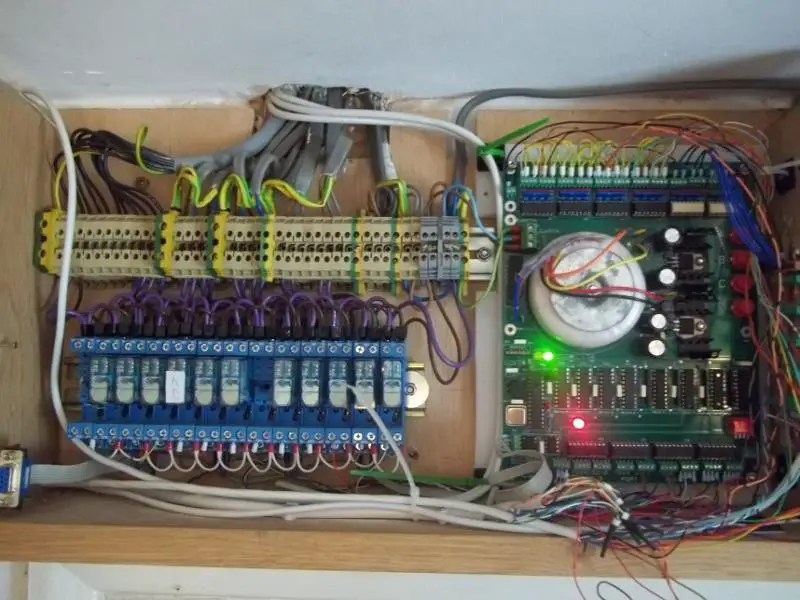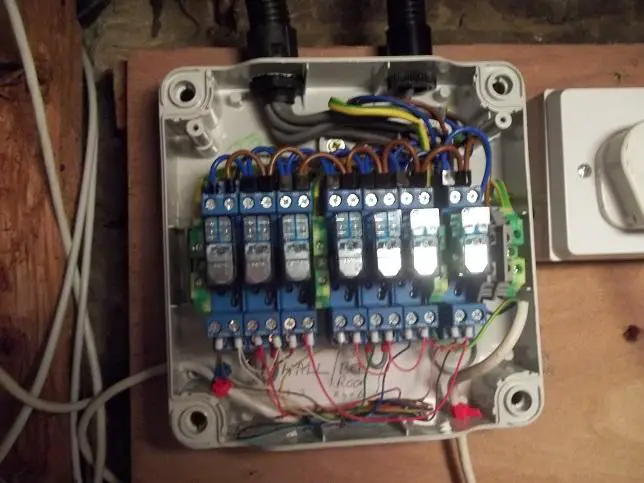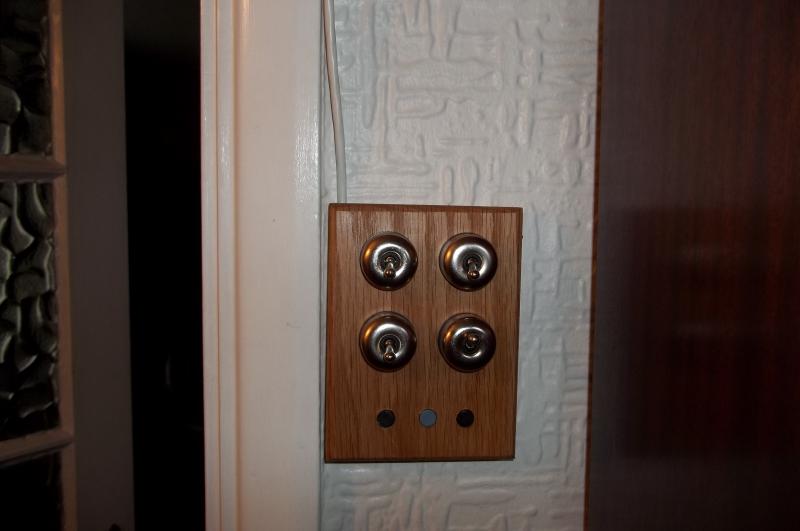I like the idea of led lighting, so does the Boss who pays the electricity bill, and so does the building inspector and SAP guy.
I'm curious.. Are led lighting systems 240v all the way to the bulb or are there systems where there is a single, nice and efficient transformer near the CU and then all the lighting is low voltage?. Or is it a case that there are a small number of transformers, the switches operate at 240v on the transformers and that causes the lights to go on and off?. What's best value?
How can I ensure that I don't end up with bulbs that are all different in color after a few years of replacements? Are led prone to being all wacky shades and brigtnesses? What do I need to be able to dim led bulbs? A friend has rather nice touch sensitive infrared light switches that dim his halogens using he tv remote.. Do these exist for led lighting?
If I wanted switches that sense room occupancy and turn lights on (utility, bathrooms, halls etc) do I have to plan wiring for those specifically eg do they need their own power supply as well as the load they switch ? And finally, do there exist any lights that can come on after an adjustable delay? I'm thinking for floor level lighting in the hall, I'd like he ones nearest the bedroom door to come on first, then proceeding down the hall, just for the visual effect.. Essentially, one light illuminating would cause the next to come on; is it the sort of thing that is centrally controlled by a module/raspberry pi, or is there a way of daisy chaining lights together such that one sets off the adjacent ones? I realise that some of these questions are more electronics than electrics, just wondered if any sparks here had come across intelligent lighting systems in their pro work?
Just thinking around my lighting install and how to plan it
I'm curious.. Are led lighting systems 240v all the way to the bulb or are there systems where there is a single, nice and efficient transformer near the CU and then all the lighting is low voltage?. Or is it a case that there are a small number of transformers, the switches operate at 240v on the transformers and that causes the lights to go on and off?. What's best value?
How can I ensure that I don't end up with bulbs that are all different in color after a few years of replacements? Are led prone to being all wacky shades and brigtnesses? What do I need to be able to dim led bulbs? A friend has rather nice touch sensitive infrared light switches that dim his halogens using he tv remote.. Do these exist for led lighting?
If I wanted switches that sense room occupancy and turn lights on (utility, bathrooms, halls etc) do I have to plan wiring for those specifically eg do they need their own power supply as well as the load they switch ? And finally, do there exist any lights that can come on after an adjustable delay? I'm thinking for floor level lighting in the hall, I'd like he ones nearest the bedroom door to come on first, then proceeding down the hall, just for the visual effect.. Essentially, one light illuminating would cause the next to come on; is it the sort of thing that is centrally controlled by a module/raspberry pi, or is there a way of daisy chaining lights together such that one sets off the adjacent ones? I realise that some of these questions are more electronics than electrics, just wondered if any sparks here had come across intelligent lighting systems in their pro work?
Just thinking around my lighting install and how to plan it




